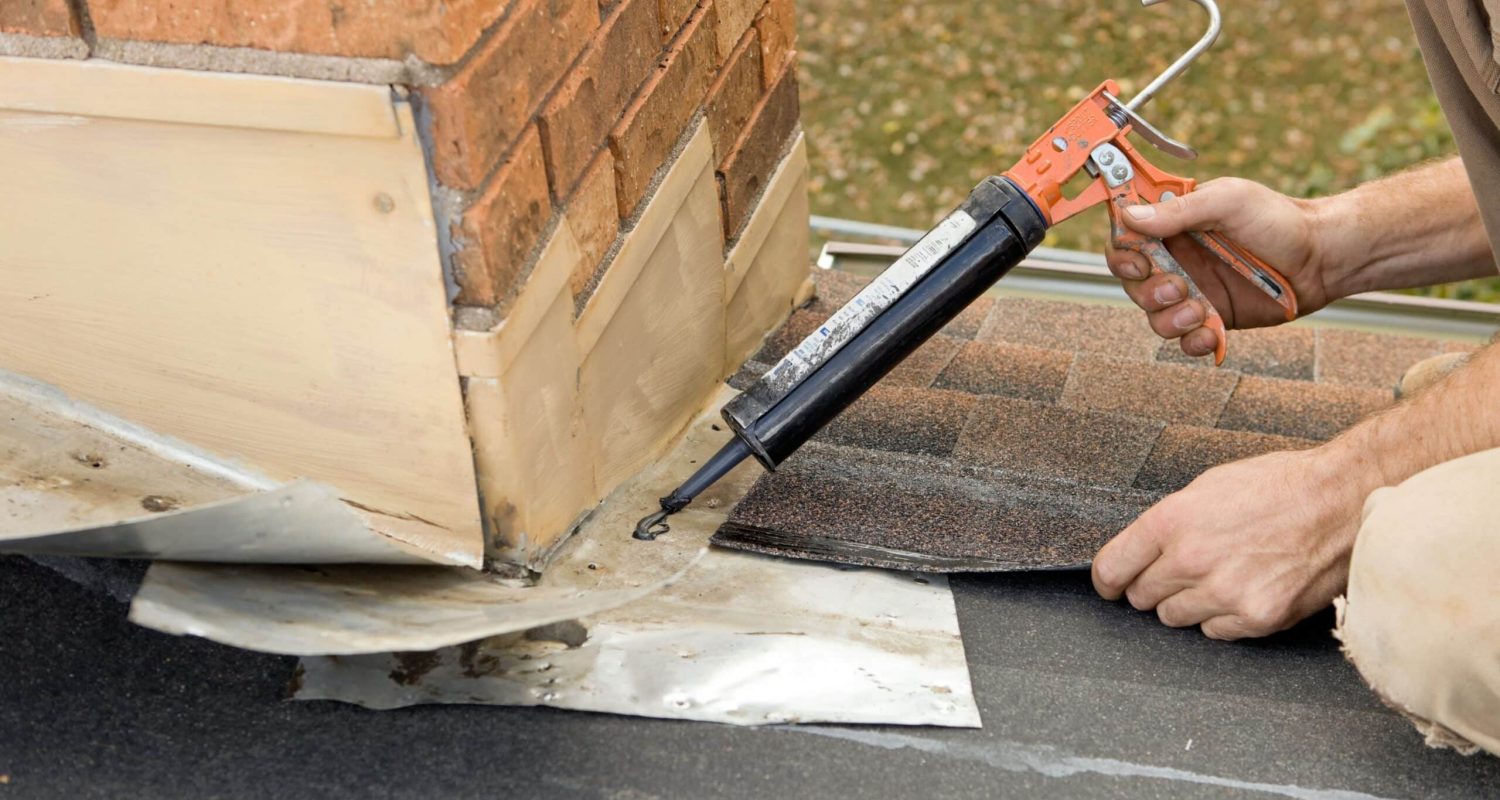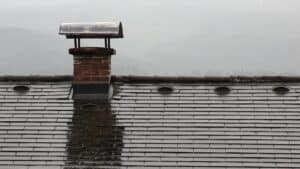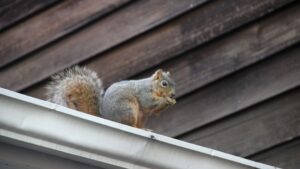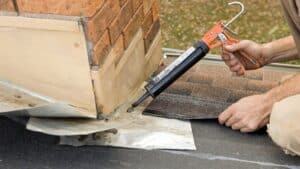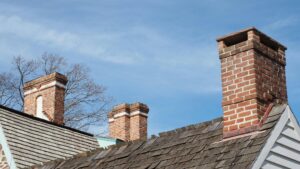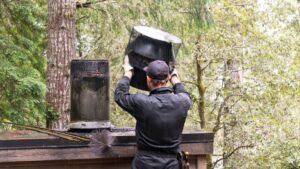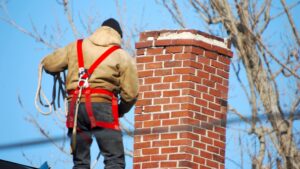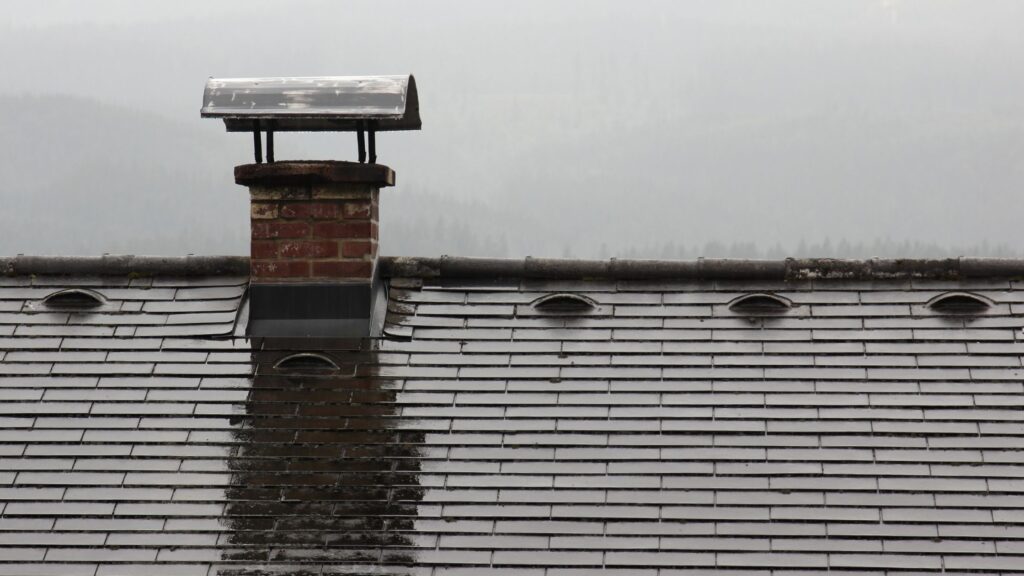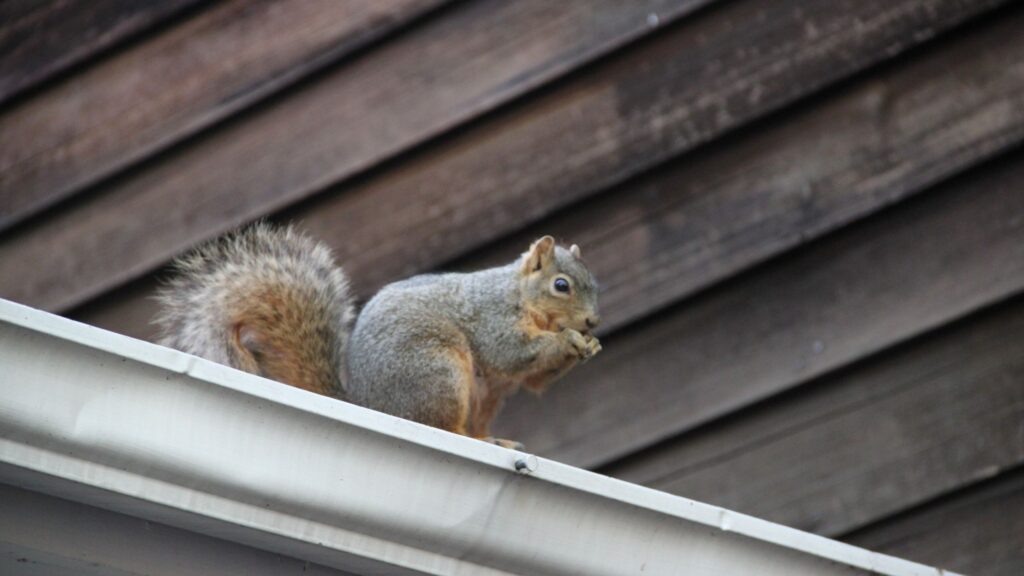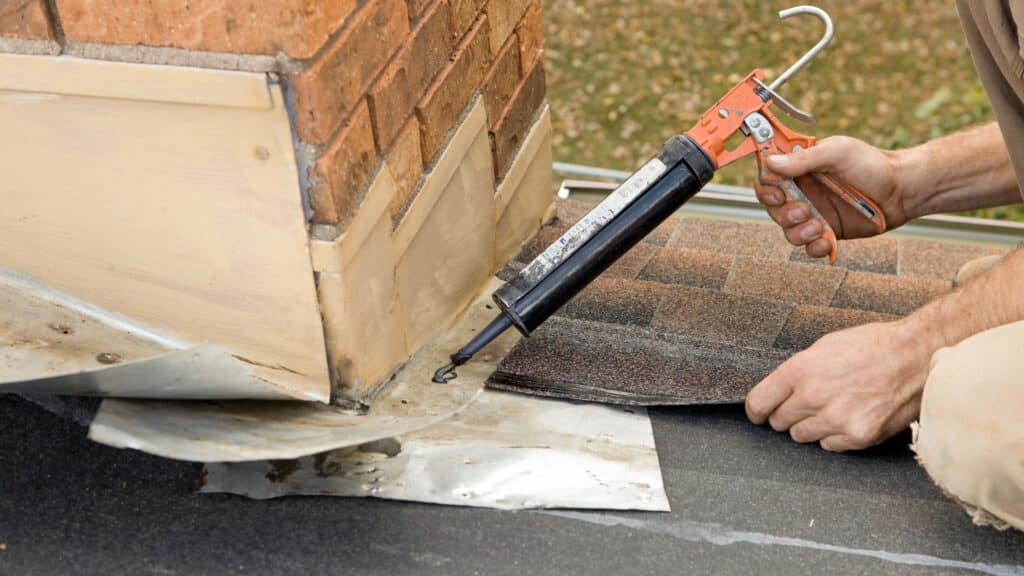Winter can be harsh on chimneys, especially in regions like Catskill, where freezing temperatures, snow, and ice contribute to significant wear and tear. Many homeowners don’t realize the extent of winter damage until they notice leaks, crumbling masonry, or reduced fireplace efficiency. Addressing these issues early is crucial to preventing further deterioration before spring rains arrive.
In this guide, we’ll explore the most common types of winter chimney damage, how to repair them, and the best steps to prepare your chimney for spring.
Common Winter Chimney Damage and How to Fix It
1. Cracked or Damaged Masonry
Cause: The freeze-thaw cycle occurs when moisture seeps into bricks and mortar, freezes, expands, and then thaws, causing cracks and deterioration.
Solution:
- Minor cracks can be sealed with waterproof masonry sealants.
- For severe damage, tuckpointing (replacing deteriorated mortar) or brick replacement may be necessary.
- A professional chimney inspection can determine if a full rebuild is required.
2. Leaky Chimney
Cause: Snow and ice can penetrate small gaps in chimney flashing, brickwork, or the chimney crown, leading to water leaks inside the home.
Solution:
- Inspect and repair damaged chimney flashing.
- Apply a waterproof sealant to the chimney crown.
- Install a chimney cap to prevent rain and melting snow from entering.
3. Chimney Liner Damage
Cause: Sudden temperature fluctuations can weaken clay tile liners, leading to cracks.
Solution:
- Minor cracks may be sealed by a professional chimney sweep.
- For severe damage, a stainless steel chimney liner replacement is the safest option.
4. Excessive Creosote Buildup
Cause: Burning wood all winter leads to a buildup of creosote, a highly flammable residue that increases the risk of chimney fires.
Solution:
- Schedule a professional chimney cleaning to remove dangerous creosote deposits.
- Use properly seasoned hardwood to minimize buildup.
Leaky Chimney Repair in Catskill: Why It’s a Priority
A leaky chimney is one of the most common problems homeowners face after winter. Left unchecked, water damage can lead to costly repairs, mold growth, and structural instability.
Signs of a Chimney Leak:
- Water stains on walls or ceilings near the fireplace.
- A damp, musty smell inside the chimney.
- Cracked or deteriorating mortar joints.
- Rust on the damper or fireplace doors.
How to Fix a Leaky Chimney:
- Repair or replace chimney flashing to prevent water seepage at the roofline.
- Seal the chimney crown with a waterproof coating to block moisture.
- Install a chimney cap to keep out rain, snow, and debris.
Why Masonry Repairs Are Essential for Chimney Longevity
Chimney masonry takes a beating during winter, and small cracks can quickly turn into major structural problems. Making timely masonry repairs is crucial for chimney longevity.
- Tuckpointing: Replacing deteriorated mortar restores the chimney’s strength and prevents further deterioration.
- Brick Replacement: Severe spalling (flaking or crumbling bricks) requires brick replacement to maintain structural integrity.
- Waterproofing: Applying a waterproof sealant protects masonry from future freeze-thaw damage.
Scheduling masonry repairs in late winter or early spring ensures your chimney is strong and ready for the next heating season.
Preparing Your Chimney for Spring: A Homeowner’s Guide
After heavy winter use, spring is the perfect time for chimney maintenance. Follow these steps to keep your chimney in top condition:
- Schedule a Chimney Inspection: Detect damage early and address minor repairs before they become major issues.
- Get a Professional Chimney Cleaning: Remove creosote buildup to reduce fire hazards and improve efficiency.
- Check for Water Damage: Fix leaks now before spring rains cause further deterioration.
- Install a Chimney Cap: Protect your chimney from rain, animals, and debris.
Why Choose True Ventilation for Chimney Repair in Catskill?
At True Ventilation, we specialize in chimney repair, cleaning, and maintenance services designed to keep your home safe and efficient.
Why Homeowners Trust Us:
- Experienced Technicians: Our team understands the unique challenges of winter chimney damage in Catskill.
- Comprehensive Services: From masonry repair to waterproofing and chimney cap installation, we provide complete chimney care.
- Customer Satisfaction: We prioritize safety, quality, and long-term chimney health.
Don’t wait until small chimney issues turn into costly repairs. Contact True Ventilation today to schedule your chimney inspection and repair service.
Call us at 888-775-9498 or email trueventilation@gmail.com to get started.



